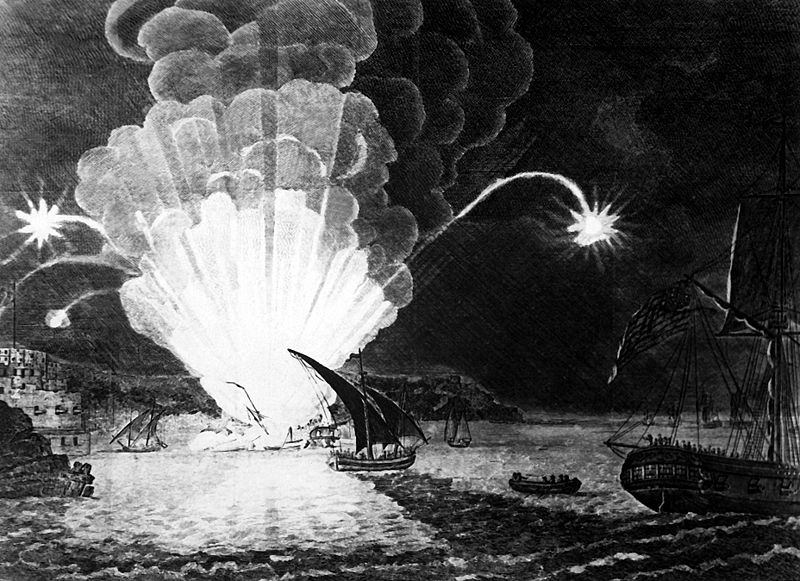The press are pretty awful at describing any given terrorist attack as something “new”. I hope this site and the blog posts associated with it show that very often there is nothing new under the sun. Tactics, technology, targets all repeat themselves in one form or another, and history is forgotten time after time. Partly this is because of the “shock” affect of terrorism, which can indeed be stunning, and partly because people (journalists and politicians included) are lazy.
In an effort to counter these, as readers of previous blog posts will have seen, I research and collect early examples of certain kinds of improvised explosive devices, It’s time to summarize a few here, some of which I’ve written about before and otehrs I will write about when time permits.
a. Letter bombs – I have details of letter bombs from 1581 (Poland) and this one from 1764 (Denmark). A Colonel Poulsen, living in Borglum Abbey, received a box through the mail. “When he opens it, therein is to be found gunpowder and a firelock which sets fire unto it, so he became very injured”
b. Vehicle bombs. The Wall St bombing in New York in 1920 is often wrongly cited as the first. There was a famous vehicle bomb in Yildiz, Turkey in 1904 and the attempted assassination of Napoleon Bonaparte in 1800, in Paris using a vehicle bomb. The concept was well known and various designs were circulated in military documentation much earlier. I’ve got some copies of those diagrams.
c. IED shrapnel coated in acid or anti-coagulant. This was trumpeted as a new horrific tactic a few years ago – but the Stern gang attempted such techniques in 1942 (along with exceptionally sophisticated “come-on” tactics) in an assassination attempt on a British Palestinian policeman. The tactical design of this attack is extremely interesting, very thorough, and I’ll post details in a few weeks.
d. Multiple VBIED attacks – attacks in Iraq ten years ago using multiple vehicles against a target such as a hotel were labelled as “new”. But British Army deserters used three trucks to blow up Ben Yehuda St in Jerusalem in 1948, each allegedly containing a ton of TNT and additional material. Their intended target was a hotel. I’m building a full post on this.


